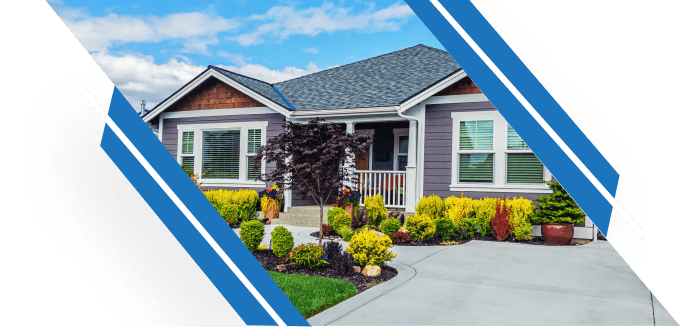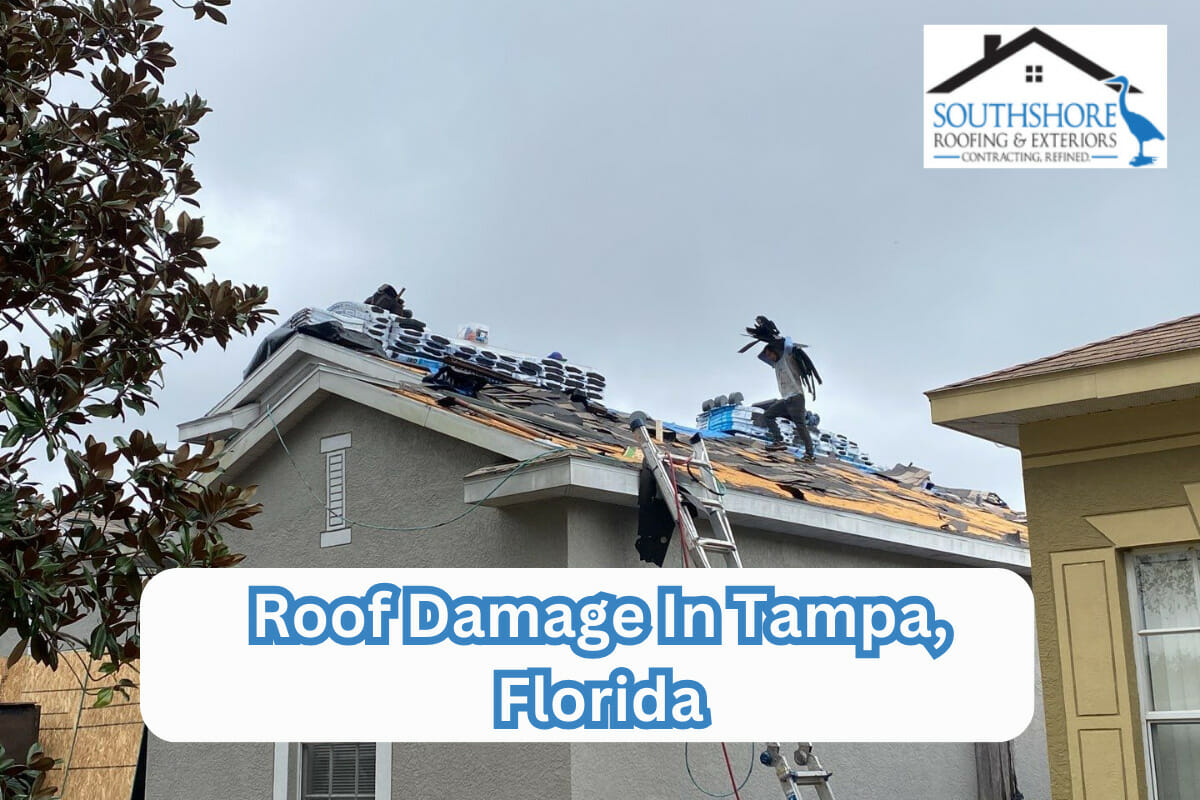As the season starts to change, many home and business owners start to worry over upcoming roof maintenance tasks and repairs. Although the changing of seasons should be something to look forward to, it can cause problems for your roofing system if you do not prepare accordingly.
No matter how hard we try, we can’t prevent roofs from sustaining damage just as we can’t prevent the forces of Mother Nature from causing that damage. However, what we can do is to stay aware of the types of damage that our roof could take on, and the preventive measures that can be taken to avoid expensive repairs and unnecessary business closures.
This is what we will talk about in today’s blog post. The following is a list of the most common reasons for roof damage in Florida.
#1: Wind Damage
Wind is arguably the element that can cause the most damage to your roof, particularly your shingles. Strong winds can tear off the shingles, rip off gutters and downspouts, push over trees with weak root systems, or tear through unsecured vents or skylights.
Signs of Wind Roof Damage
It’s important to recognize the signs of wind roof damage in order to make timely repairs:
Missing or Loose Shingles:
The most evident sign of wind damage is missing or loose shingles. Missing shingles leave gaps in your roof’s protective covering, typically caused by strong winds that lift and tear them away. On the other hand, shingles loosened by the wind are equally concerning as they create openings for water infiltration, potentially leading to leaks and rot. Check your roof, and the lawn around your home regularly, especially after strong winds or storms.
Dented or Cracked Roof Vents:
Your vents are also in danger during wind storms. Strong gusts of wind can dent the vents, allowing moisture to enter. Roof vents are a crucial part of your home and help with ventilation, so it’s crucial to get repairs as soon as possible.
With wind speeds picking up in many areas, it is essential to ensure that your roof is adequately secured. Whether you just had a new roof installation, or a re-roofing project completed, it’s vital to ensure that you have your roof inspected. Also, repair any damage found during the inspection before wind speeds pick up again in the future.
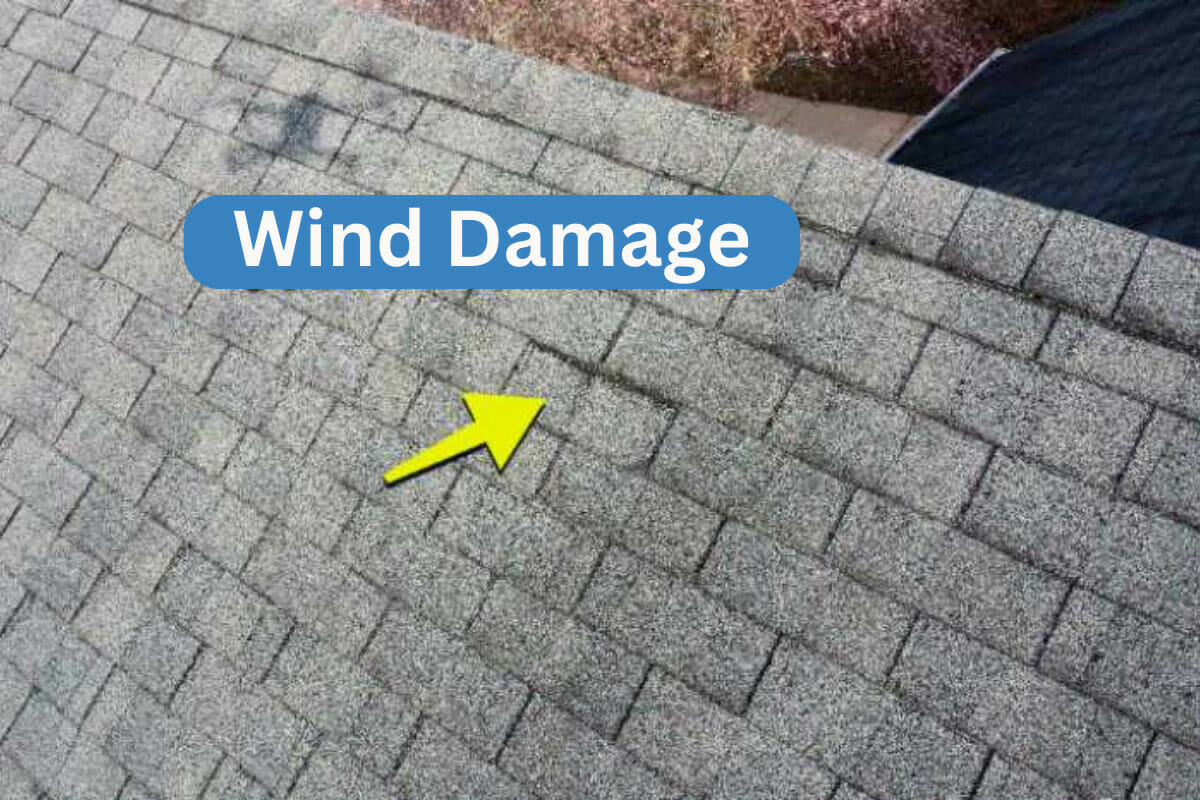
#2 Water Damage
During the fall, rainstorms may typically appear in most areas of Florida at least once or twice a month. Not only do these storms bring rain, but hail storms can also occur during this period. Although it may not seem like much, these storms can cause severe damage if water stays on your roof for extended periods of time. When this happens, it’s essential to ensure that you have gutters that are free of debris and are properly draining.
Here are some of the ways water can damage your roof:
Roof Leaks:
Roof leaks are perhaps the most common type of water damage. Leaks occur when water goes beneath your shingles. As we covered above, leaks can occur due to damaged or missing shingles.
Other reasons include deteriorated flashing around chimneys or vents, or worn-out sealants. If you neglect leaks, they only grow in size, causing damage to ceilings, walls, and insulation.
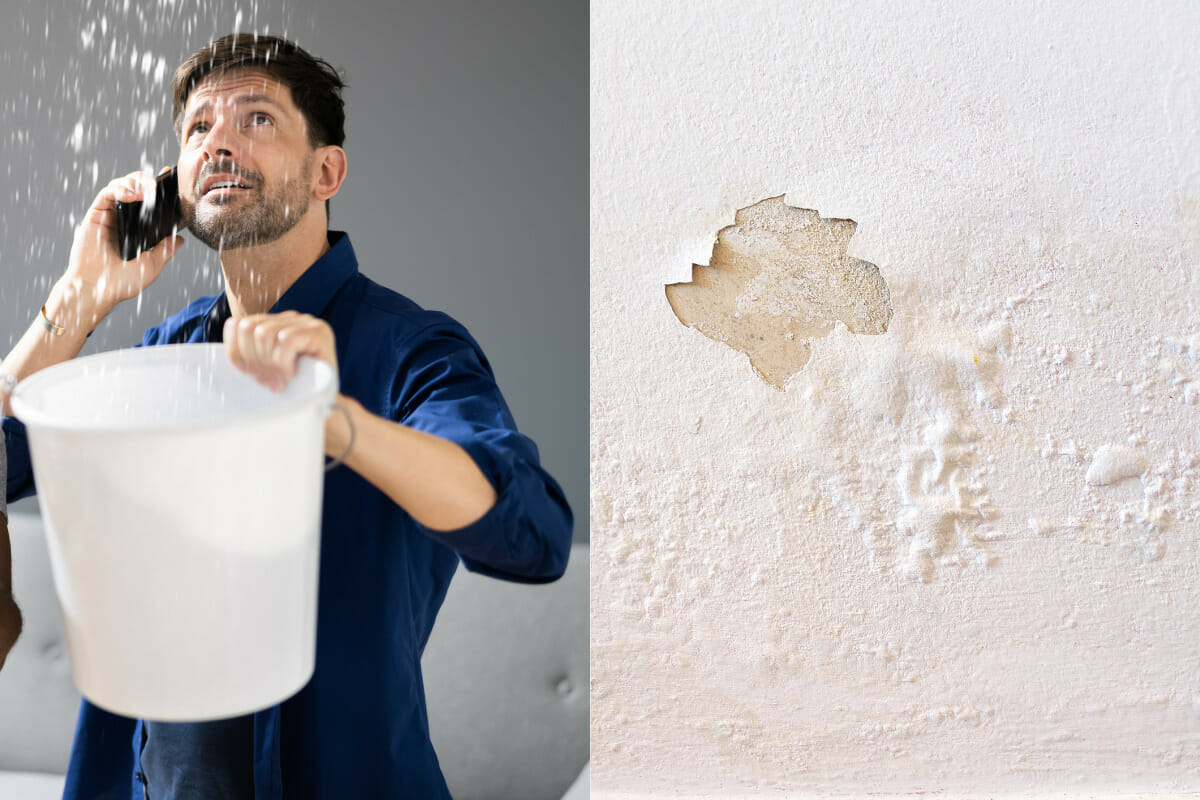
Ice Dams:
While the chance of ice dams occurring on your Florida roof is pretty low, in colder climates ice dams can form. They occur when warm air from the interior of a home rises to the top of the roof and melts the snow on the peak. As the snow melt runs down the roof and refreezes along the eaves, it can create a barrier that prevents water from properly draining. This can lead to water seeping under the shingles and causing damage.
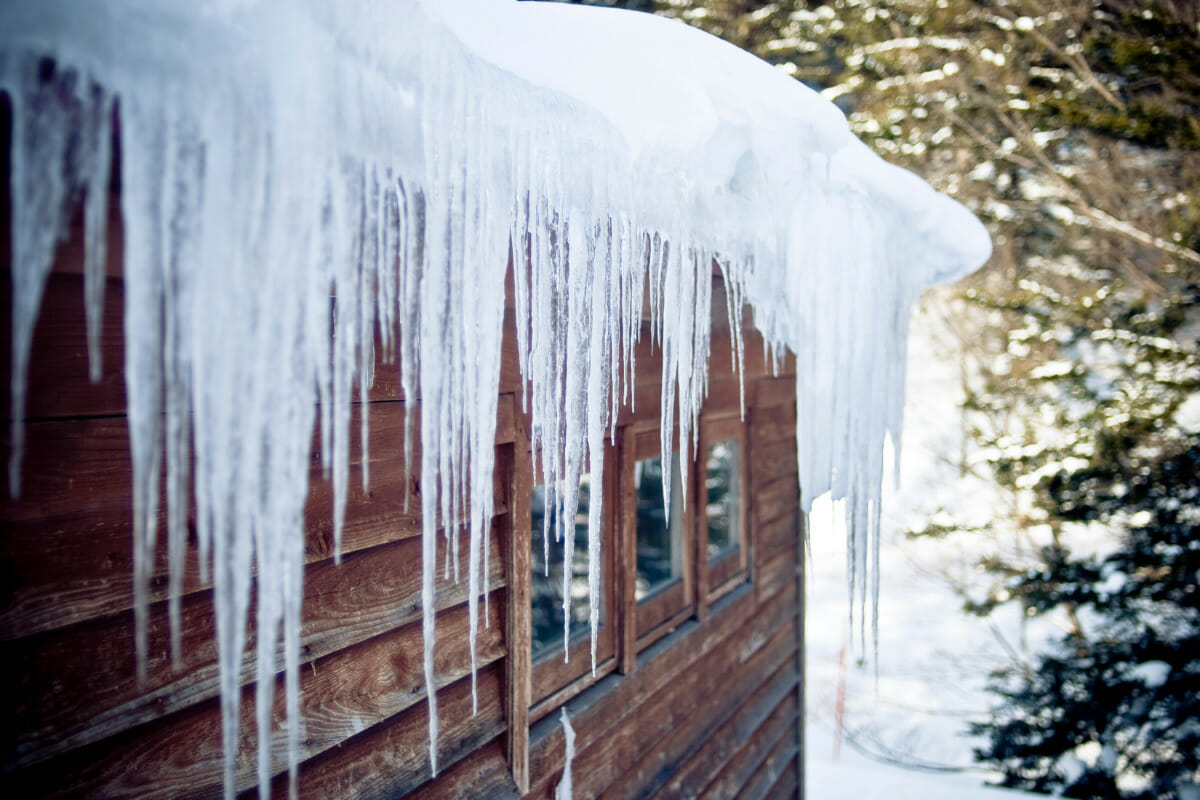
Pooling Water
If you have a flat or low-slope roof on your home, then there is another problem that you need to be aware of: ponding water. Flat roofs are more susceptible to water pooling in depressions or areas with inadequate drainage. Ponding water can accelerate the deterioration of roofing materials/membranes and will eventually lead to leaks if left unaddressed.
If you notice standing water on your roof, take action right away to avoid further damage.
Roof Deck Damage:
Prolonged exposure to water, such as from leaks or ponding water, can damage the roof deck, which is the structural layer beneath the roofing materials. This can weaken the roof’s overall integrity.
#3 Overhanging Trees/Branches
Although it is rare for a roof to collapse due to a fallen tree limb, it does happen on occasion. During windy days, more commonly during hurricanes, large branches can break free from trees and become dangerous projectiles in the air that could hit your home. Often, a single heavy branch can cause a great deal of damage to residential roofs or waterproofing membranes.
If you suspect that a tree near your property may pose such a risk, contact a professional immediately. They can determine whether it needs to be removed for the safety of your property or not.
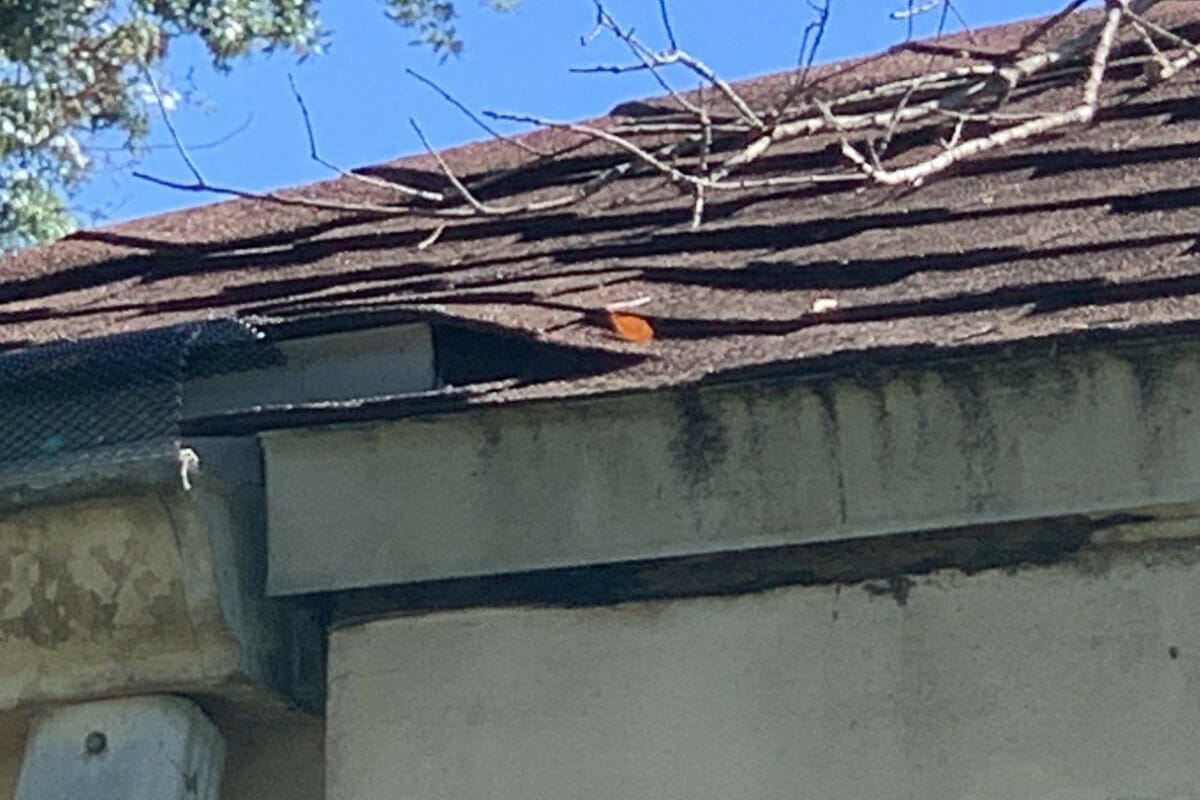
#4 Blocked Gutters/Downspouts
In addition to keeping gutters clear of debris, it’s essential to make sure that they are properly carrying water away from your home. If your gutters are clogged by debris or hail water may splash over the sides of the gutters, damaging your siding.
To avoid this issue, have your gutters regularly inspected to ensure they are free of debris or other blockages. If necessary, contact an experienced gutter repair service to clean out clogs or redirect water flow.
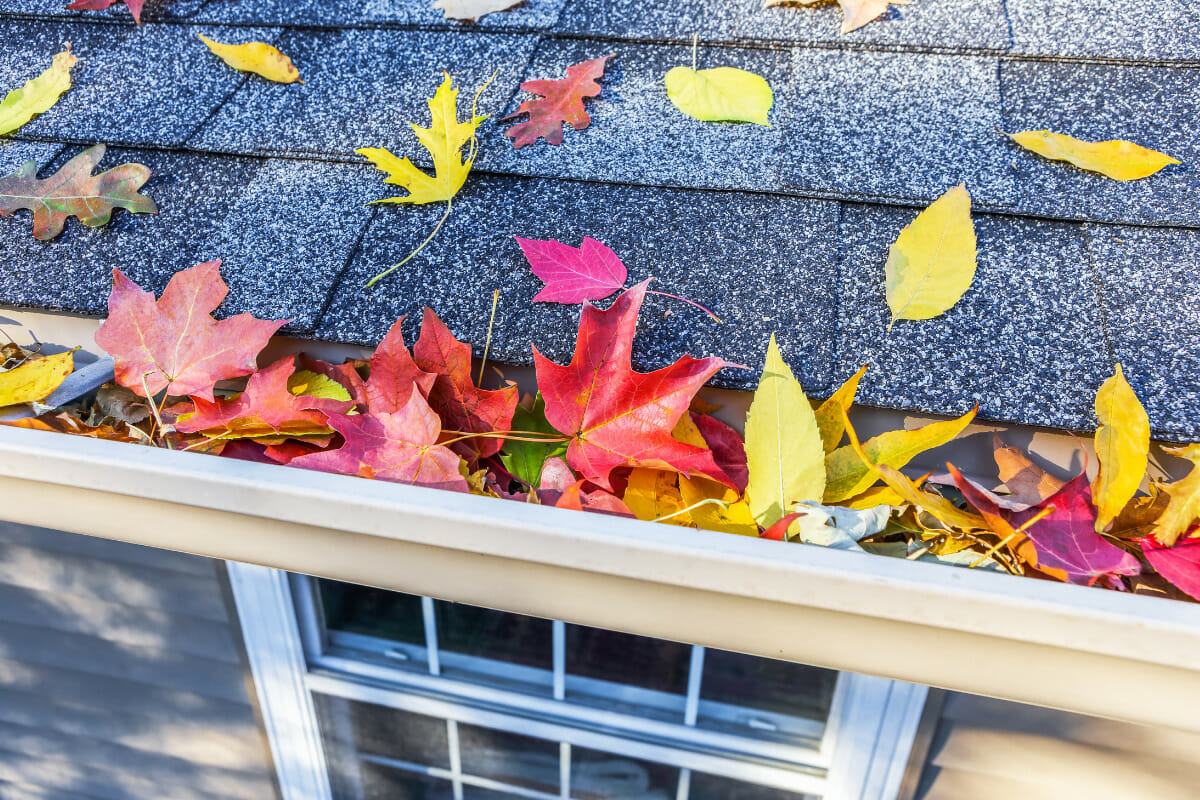
#5 Sunlight Issues
While you might not consider sunlight to be something that damages roofing materials, the sad truth is that it can quietly damage both the inside and outside of your home over time. This kind of damage is caused by the sun’s ultraviolet (UV) rays, and shows itself in the following ways:
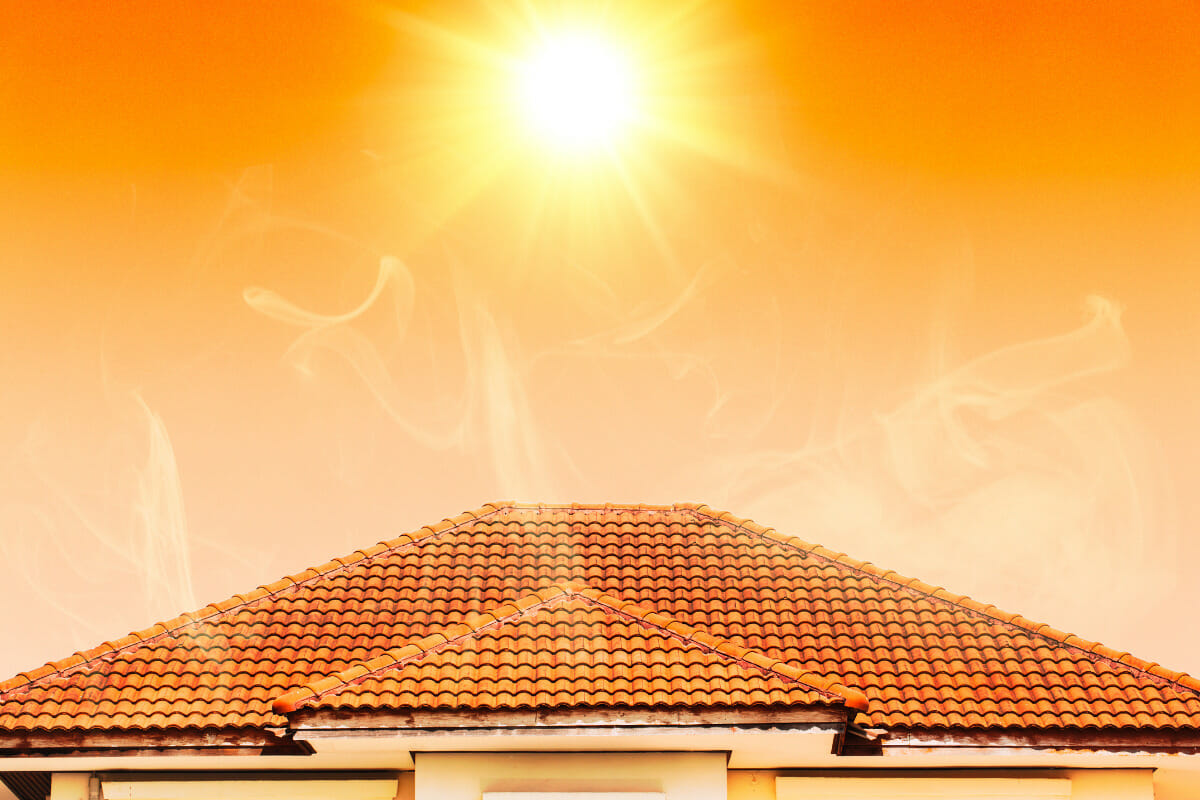
Fading:
Sunlight can fade the color of an exterior surface, such as siding and roofing materials. This fading is mostly noticeable with darker shades, but it can affect any color.
Deterioration of Materials:
UV rays can break down materials like wood, plastic, and certain types of roofing shingles, leading to cracking, warping, and overall degradation. They can damage the upper granule coating of the shingles and make them brittle.
Roof Damage:
Roofs are particularly vulnerable to sunlight damage. UV exposure can lead to the breakdown of roofing materials, causing leaks, reduced insulation efficiency, and premature aging.
Best Roof Maintenance Tips You Need To Know About!
Keeping your roof in good condition is essential to protect your home from potential damage and extend its lifespan. Here are some valuable tips to help you achieve a secure roof:
- Invest in top-quality roofing materials with a high wind rating and resistance to algae and other environmental factors.
- Consider installing impact-resistant shingles, which are designed to withstand hail damage on a roof and other severe weather conditions.
- Regularly clean your gutters and downspouts to prevent clogs that can lead to water backup and roof damage.
- Flashing around chimneys, vents, and skylights are common entry points for water. Ensure they are well-sealed to prevent water infiltration.
- Proper attic ventilation helps regulate temperature and moisture levels, preventing condensation and mold growth. It also reduces heat buildup, which can extend the life of the roofing materials.
The Importance Of Roof Inspections
A roof inspection is your biggest tool to stay on top of damage. For those of you who are not aware, roof inspections involve a thorough assessment of your roof by a professional. With a trained eye, a professional will be able to determine whether your roof is in need of repairs or a replacement.
During the fall season, many homeowners may not be as familiar with their roof’s condition as they would in the spring or summer. Because of this, many people put off regular roof inspections until warmer weather returns. However, trust us that fall is the best time to get your roof inspected and repaired, as having a damaged roof will be stressful for you in the event of harsh weather.
Get A Free Roof Inspection From SouthShore Roofing & Exteriors
If you’re a homeowner in the Central Florida area and are interested in a roof inspection to check for damage, contact SouthShore Roofing & Exteriors today.
We have a team of experienced contractors ready to help you with whatever you need. Reach out to our office today at (813) 400-3329, and we’ll send out an experienced roofer to inspect your entire roof for any signs of damage due to heavy rain or hail damage. We can also handle any necessary repairs before the next season sets in.

